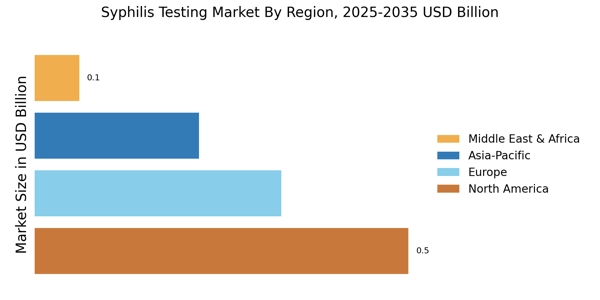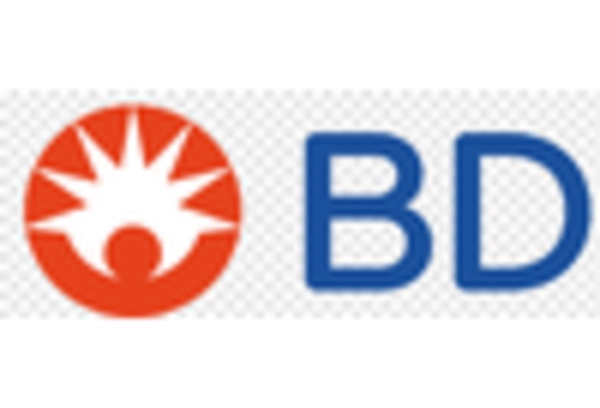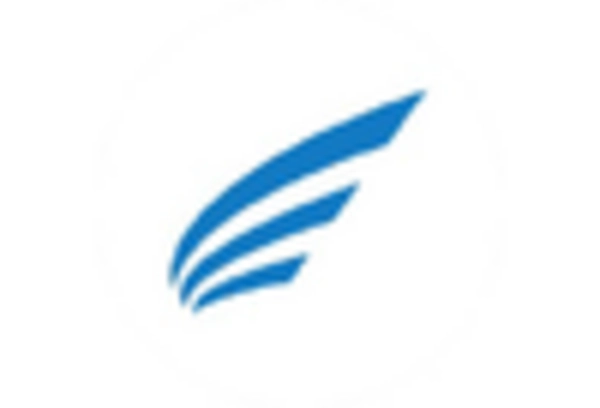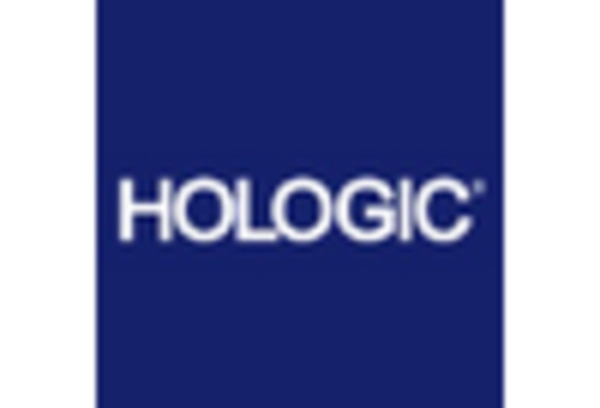Rising Incidence of Syphilis
The increasing incidence of syphilis infections is a primary driver for the Syphilis Testing Market. Recent data indicates that syphilis rates have been on the rise, particularly among certain demographics such as men who have sex with men and individuals in urban areas. This trend necessitates enhanced testing capabilities to identify and treat infections promptly. As awareness of syphilis and its complications grows, healthcare providers are likely to advocate for more frequent testing. The Centers for Disease Control and Prevention has reported a notable increase in syphilis cases, which underscores the urgent need for effective testing solutions. Consequently, the demand for syphilis testing is expected to escalate, propelling the market forward.
Rising Awareness of Sexual Health
The rising awareness of sexual health issues is a significant driver for the Syphilis Testing Market. Educational campaigns and advocacy efforts are contributing to a better understanding of STIs, including syphilis, among the general population. As individuals become more informed about the risks associated with untreated syphilis, they are more likely to seek testing and treatment. This heightened awareness is particularly evident among younger populations, who are increasingly engaging in discussions about sexual health. Furthermore, social media and online platforms are playing a pivotal role in disseminating information about syphilis and the importance of regular testing. As awareness continues to grow, the demand for syphilis testing is expected to rise correspondingly.
Government Initiatives and Funding
Government initiatives aimed at combating sexually transmitted infections (STIs) play a crucial role in the Syphilis Testing Market. Various health departments are implementing programs that promote regular testing and treatment of syphilis. Increased funding for public health campaigns and testing facilities is likely to enhance accessibility to testing services. For instance, initiatives that provide free or subsidized testing can significantly increase the number of individuals seeking syphilis tests. Furthermore, government-sponsored awareness campaigns can educate the public about the importance of early detection and treatment, thereby driving market growth. The commitment of governments to reduce STI rates is expected to create a favorable environment for the syphilis testing market.
Increased Focus on Preventive Healthcare
The growing emphasis on preventive healthcare is significantly influencing the Syphilis Testing Market. As healthcare systems worldwide shift towards preventive measures, the importance of regular testing for STIs, including syphilis, is being recognized. This trend is driven by a desire to reduce the burden of disease and associated healthcare costs. Preventive healthcare initiatives often include routine screenings, which are likely to increase the demand for syphilis testing. Additionally, healthcare providers are increasingly recommending regular testing as part of comprehensive sexual health services. This proactive approach to health management is expected to bolster the syphilis testing market, as more individuals seek testing as a preventive measure.
Technological Innovations in Testing Methods
Technological innovations are transforming the Syphilis Testing Market by introducing more efficient and accurate testing methods. Advances in diagnostic technologies, such as rapid testing kits and molecular testing, are enhancing the speed and reliability of syphilis detection. These innovations allow for point-of-care testing, which can be conducted in various settings, including clinics and community health centers. The introduction of these technologies is likely to increase testing rates, as they provide results in a shorter timeframe, thus facilitating timely treatment. Moreover, the integration of digital health solutions, such as telemedicine, is expected to further streamline the testing process, making it more accessible to a broader population.


















Leave a Comment